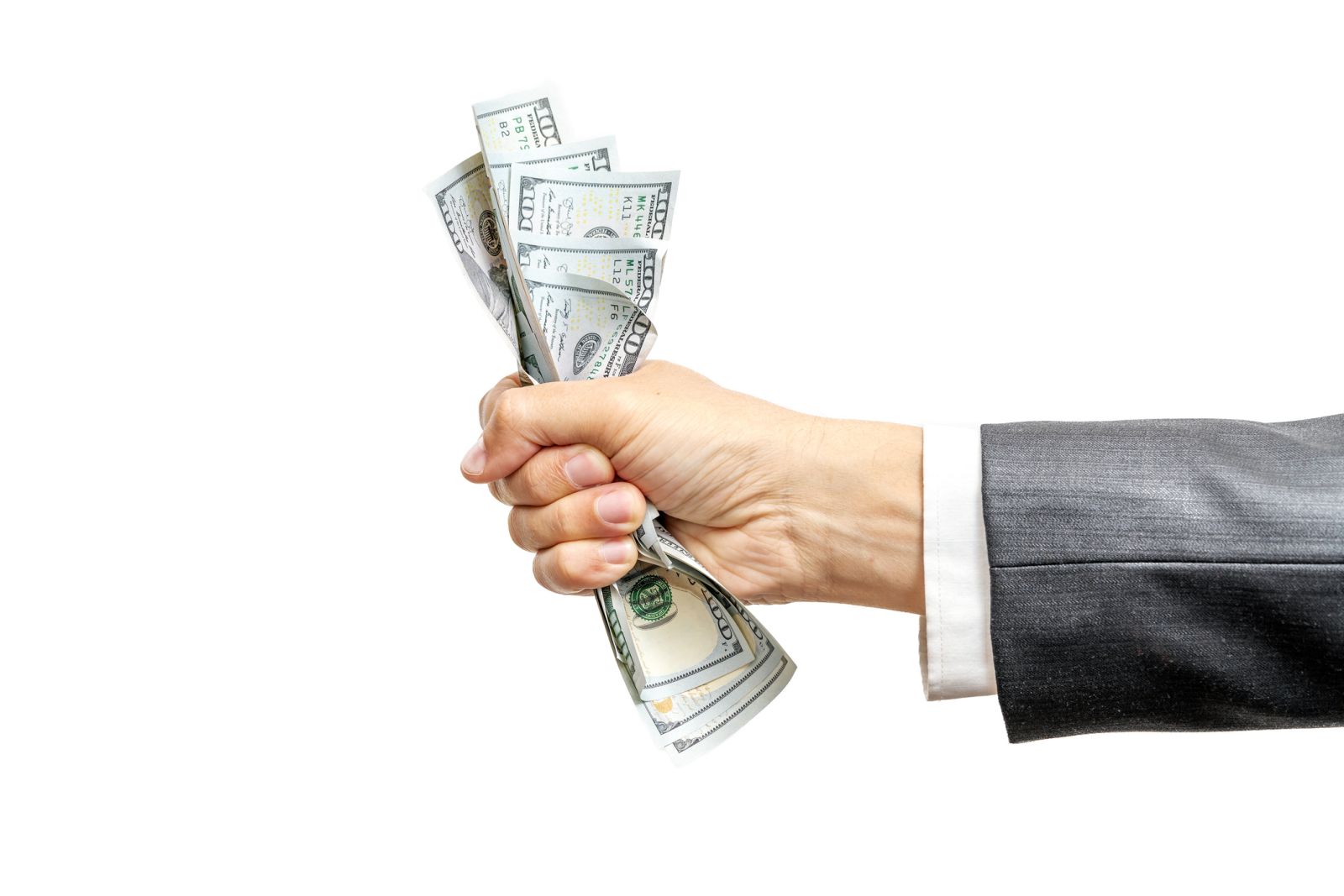
The dollar index (DXY00) Friday recovered from a 1-week low and finished up by +0.10%. Short covering emerged in the dollar Friday after stocks sold off, which boosted liquidity demand for the dollar. The dollar also garnered support from today’s news that Aug average hourly earnings rose more than expected, a hawkish factor for Fed policy.
The dollar Friday initially fell to a 1-week low after US Aug nonfarm payrolls rose less than expected and July payrolls were revised lower. Also, dovish Fed comments Friday weighed on the dollar when New York Fed President Williams and Fed Governor Waller said it is now appropriate for the Fed to start cutting interest rates.
US Aug nonfarm payrolls rose +142,000, weaker than expectations of +165,000. Also, July nonfarm payrolls were revised lower to +89,000 from the previously reported +114,000. The Aug unemployment rate fell -0.1 to 4.2%, right on expectations.
US Aug average hourly earnings rose +0.4% m/m and +3.8% y/y, slightly stronger than expectations of +0.3% m/m and +3.7% y/y.
New York Fed President Williams said, "With the economy now in equipoise and inflation on a path to 2%, it is now appropriate to dial down the degree of restrictiveness in the stance of policy by reducing the target range for the federal funds rate."
Fed Governor Waller said, "The balance of risks has shifted toward the employment side of our dual mandate, and that policy needs to adjust accordingly." He added that he's "open-minded about the size and pace of rate cuts."
The markets are discounting the chances at 100% for a -25 bp rate cut at the Sep 17-18 FOMC meeting and at 34% for a -50 bp rate cut at that meeting.
EUR/USD (^EURUSD) Friday fell back from a 1-week high and finished down by -0.23%. A recovery in the dollar on Friday undercut the euro. Also, Eurozone economic news was weaker than expected and weighed on the euro after Eurozone Q2 GDP was revised lower, and German and French July industrial production fell more than expected.
Eurozone Q2 GDP was revised lower to +0.2% q/q from the previously reported +0.3% q/q.
German July industrial production fell -2.4% m/m, weaker than expectations of -0.5% m/m.
France's July industrial production fell -0.5% m/m, weaker than expectations of -0.3% m/m.
German trade data was better than expected after July exports rose +1.7% m/m, stronger than expectations of +1.1% m/m. Also, July imports rose +5.4% m/m, stronger than expectations of +0.7% m/m and the most in 3-1/4 years.
Swaps are discounting the chances of a -25 bp rate cut by the ECB at 100% for the September 12 meeting.
USD/JPY (^USDJPY) Friday fell by -0.72%. The yen on Friday climbed to a new 1-month high against the dollar after US monthly payrolls rose less than expected, which is dovish for Fed policy. Also, Friday’s drop in the Nikkei Stock Index to a 3-week low boosted some safe-haven demand for the yen. The yen also found support on hawkish comments from former BOJ Governor Kuroda who said the BOJ has a lot of room to raise borrowing costs before getting to a neutral rate. A bearish factor for the yen was Friday’s news that showed Japan’s July household spending rose less than expected.
The Japan July leading index CI rose +0.4 to 109.5, stronger than expectations of 109.4.
Japan's July household spending rose +0.1% y/y, weaker than expectations of +1.2% y/y.
Swaps are pricing in the chances for a +10 bp rate hike by the BOJ at 0% for the September 20 meeting and at +14% for the October 30-31 meeting.
December gold (GCZ24) Friday closed down -18.5 (-0.73%), and December silver (SIZ24) closed down -0.916 (-3.15%). Precious metals Friday gave up an early advance and posted moderate losses, with silver falling to a 3-week low. A recovery in the dollar index Friday from a 1-week low to higher on the day sparked long liquidation in precious metals. Also, signs of sticky wage pressures were hawkish for Fed policy and bearish for gold after US Aug average hourly earnings rose more than expected. Silver prices were undercut Friday after Eurozone Q2 GDP was revised lower, and German and French July industrial production fell more than expected, which were negative factors for industrial metals demand.
Precious metals Friday initially moved higher after the dollar and T-note yields declined on signs of weakness in the US labor market when Aug nonfarm payrolls rose less than expected, and July was revised lower. Also, dovish Fed comments Friday were supportive of precious metals when New York Fed President Williams and Fed Governor Waller said it is now appropriate for the Fed to start cutting interest rates.
On the date of publication, Rich Asplund did not have (either directly or indirectly) positions in any of the securities mentioned in this article. All information and data in this article is solely for informational purposes. For more information please view the Barchart Disclosure Policy here.






